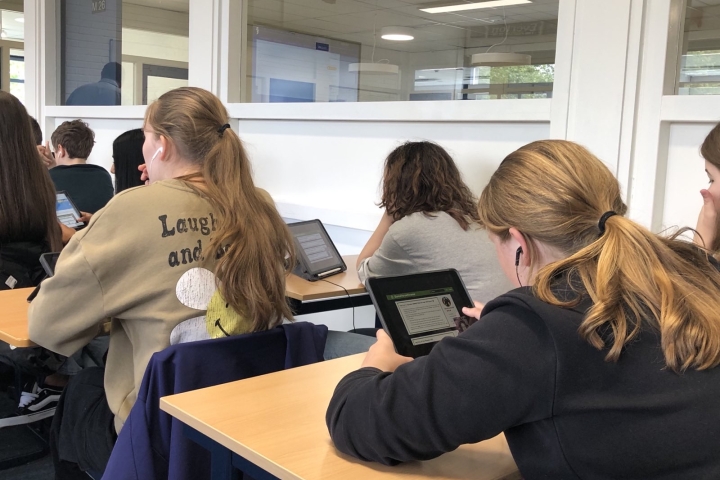Recap 7th Europol-INTERPOL Cybercrime Conference 2019
Over the course of three days (9-11 October), 50 experts elaborated on the most pressing cyber threats of today and tomorrow. Key themes included the benefits and challenges of Artificial Intelligence for police; the potential impacts of 5G technology; cross-border access to electronic evidence; obstacles to international cooperation on cybercrime investigations; the importance of cyber capacity building; cryptocurrency trends and challenges; the use of open-source intelligence and privacy considerations.
This year, speakers included the Executive Assistant Director of the FBI’s Criminal, Cyber, Response and Services Branch, Ms. Amy S. HESS and the General Manager of Microsoft’s Digital Crimes Unit, Ms. Amy HOGAN-BURNEY, both of whom delivered keynote speeches on the threats perceived by their respective communities. Another international speaker was Mr Cyrus Roberts VANCE Jr., the incumbent District Attorney of New York County, who spoke on the impact of encryption on criminal investigations.
As highlighted in Europol’s 2019 Internet Organised Crime Threat Assessment (IOCTA) presented at this conference, cybercriminals continue to become more audacious, shifting their approach away from scattered to more focused, carefully crafted attacks against larger, more profitable targets with the potential for ominously greater damage and major disruptions.
This year’s conference saw the participation of over 100 organisations and more than 70 different law enforcement agencies engaging in fruitful and solution-oriented discussions on how to tackle the challenges at hand head-on in a collective manner.
Conclusions emphasised a need for an even closer cooperation in the areas of:
- Business Email Compromise (BEC): while BEC is not new, it is evolving, causing increasing economic damage. BEC exploits the way corporations do business, taking advantage of segregated corporate structures, and internal gaps in payment verification processes.
- Dark web: as the dark web evolves, it has become a threat in its own right, and not only as a medium for the sale of illicit commodities such as drugs, firearms or compromised data. The impact of law enforcement action in this arena is palpable as the environment remains in a state of flux.
- Research & Development: Technology develops at an ever increasing pace, creating new challenges and opportunities for law enforcement. Adding to this the data volume challenge, legal challenges and a constantly expanding threat surface, there is a need for research and development to develop solutions addressing the needs of law enforcement in an efficient and agile way.
- Innovation: The incorporation of innovation, as part of an effective crime response, is not exclusively a private sector affair. Europol and INTERPOL already cooperate with industry partners and academia to identify challenges and opportunities for law enforcement arising from new and emerging technologies, such as 5G.
For more information, click here.
And did you know HSD Office was amongst the speakers? Innovation Liaison Peter Zinn spoke about the concept, challenges and opportunities of Artificial Intelligence for law enforcement based on our study.
























